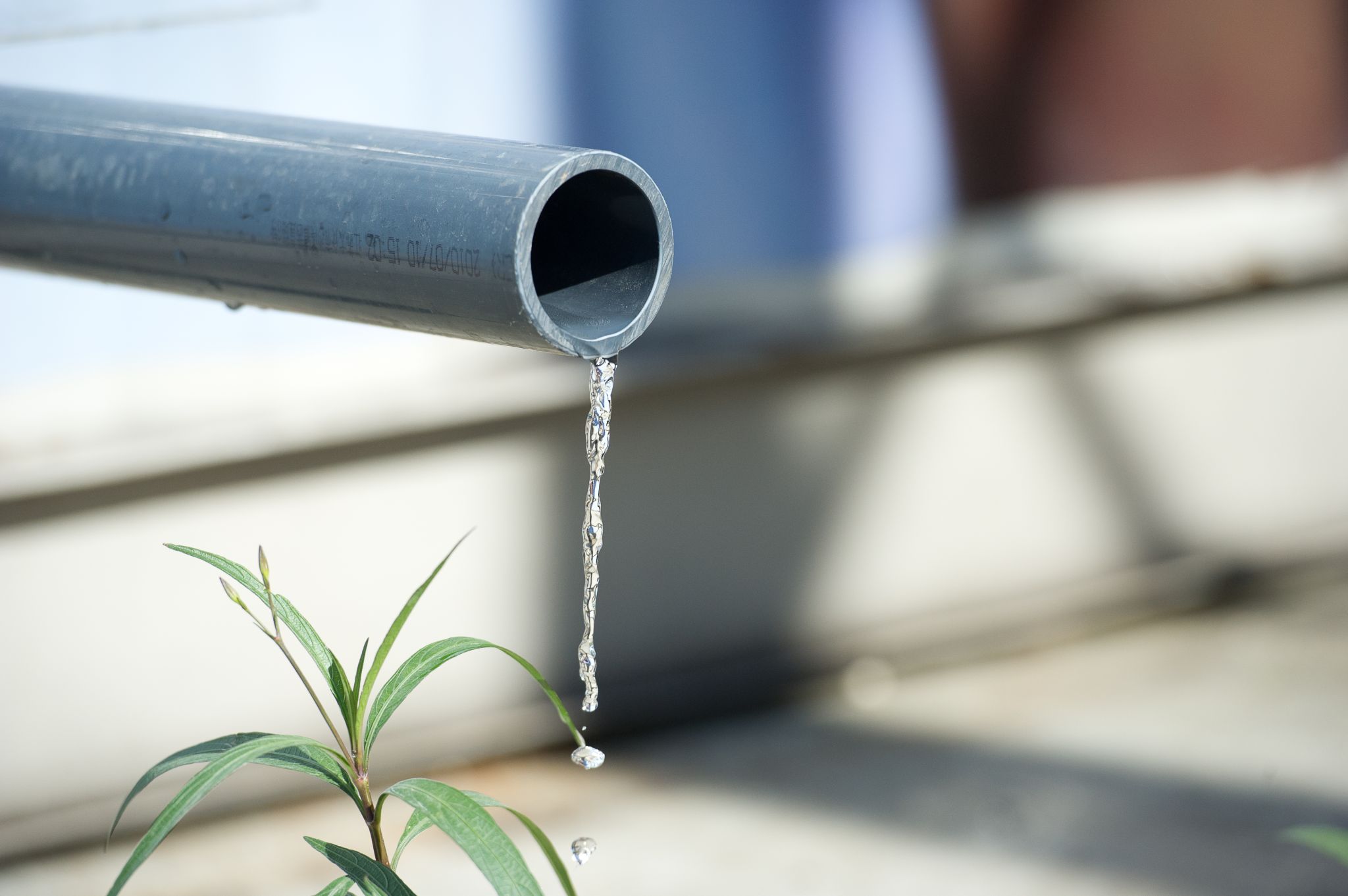
Is Zero Liquid Discharge (ZLD) the Future of Water Treatment Technologies?
The race for industries and municipalities to recover and reuse wastewater as much as possible is fueling rapid growth in the market for zero liquid discharge (ZLD) water treatment systems. As freshwater resources become scarce, and government regulations around the world continue to ratchet up the standards for any liquid waste products reentering the environment, industries are turning to ZLD to meet a host of pressures. Yes, the demand for zero liquid discharge is already strong.
Currently, in India the government has mandated a wide range of industries to switch to ZLD treatment processes. Industries from fertilizer, brick, coffee, textile plants to sugar, paper, paint and power plants have been mandated to switch to ZLD. Although the switch is expensive, it’s expected to save billions and protect water resources for years to come.
Many industries are even finding ways to recover useful materials from the crystallized solid waste results of the zero liquid discharge water treatment process. Once all the water is removed, purified and returned to the system, industries can ever recover properties such as lithium, potassium sulfate, gypsum, caustic soda and sodium sulfate.
The Current Demand for Zero Liquid Discharge Systems
In 2018, European industries and countries purchased zero liquid discharge systems to the tune of more than $1.5 billion annually. Globally, the current revenue for ZLD is nearing $6 billion. Industries and government regulatory agencies spanning from Europe, North America to China and India arguably the biggest industrial water users on the planet are quickly turning to ZLD systems to recover all the liquid from wastewater effluent and return it to the system as clean, reusable water. The end result of these systems is a completely dry, solid and crystallized waste product that minimizes pollution, meets stringent regulatory standards and has the potential of reducing water-borne diseases.Currently, in India the government has mandated a wide range of industries to switch to ZLD treatment processes. Industries from fertilizer, brick, coffee, textile plants to sugar, paper, paint and power plants have been mandated to switch to ZLD. Although the switch is expensive, it’s expected to save billions and protect water resources for years to come.
Many industries are even finding ways to recover useful materials from the crystallized solid waste results of the zero liquid discharge water treatment process. Once all the water is removed, purified and returned to the system, industries can ever recover properties such as lithium, potassium sulfate, gypsum, caustic soda and sodium sulfate.
